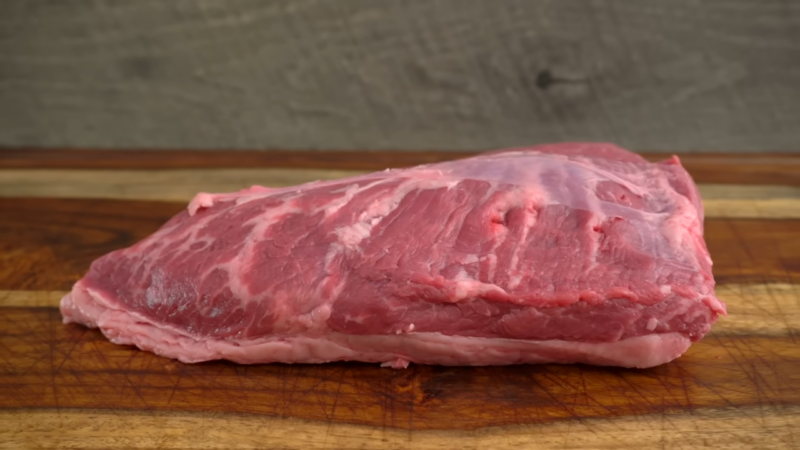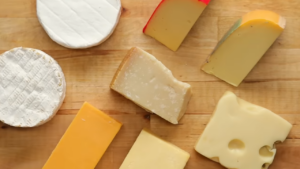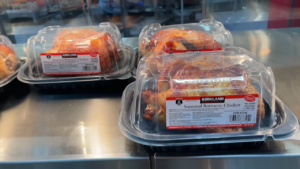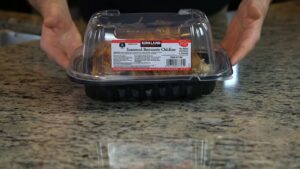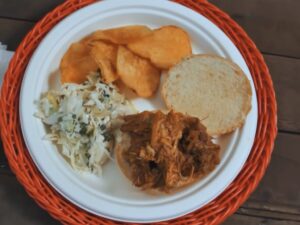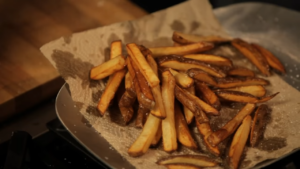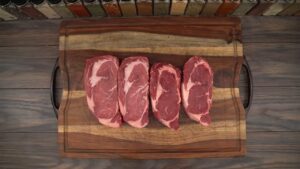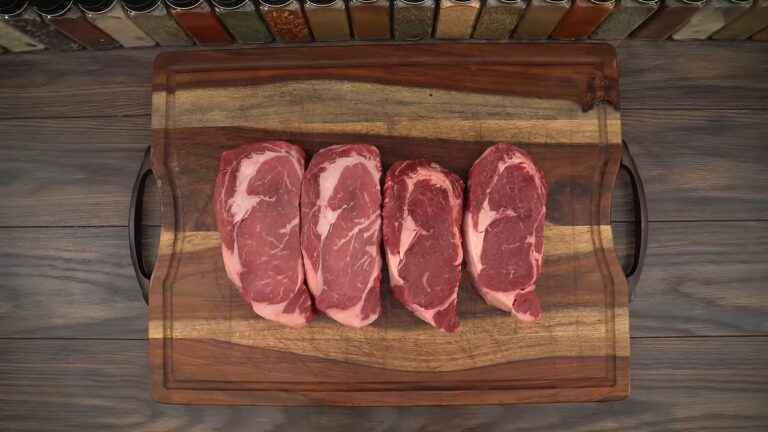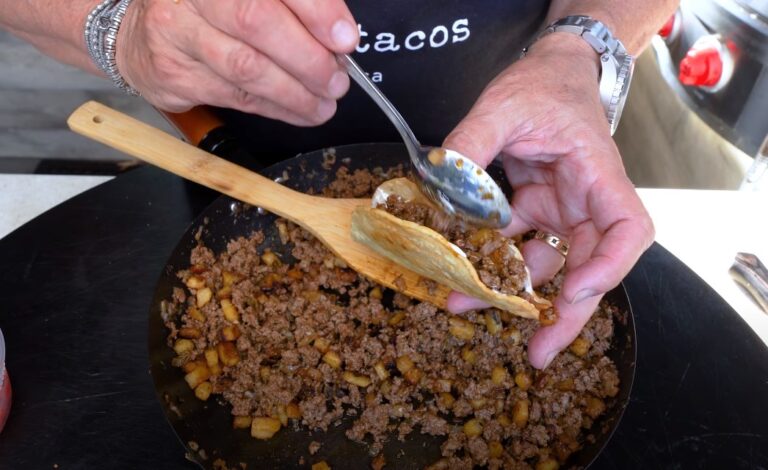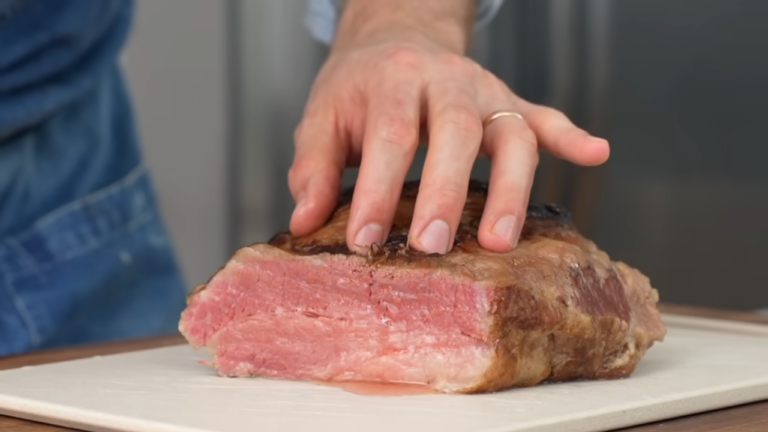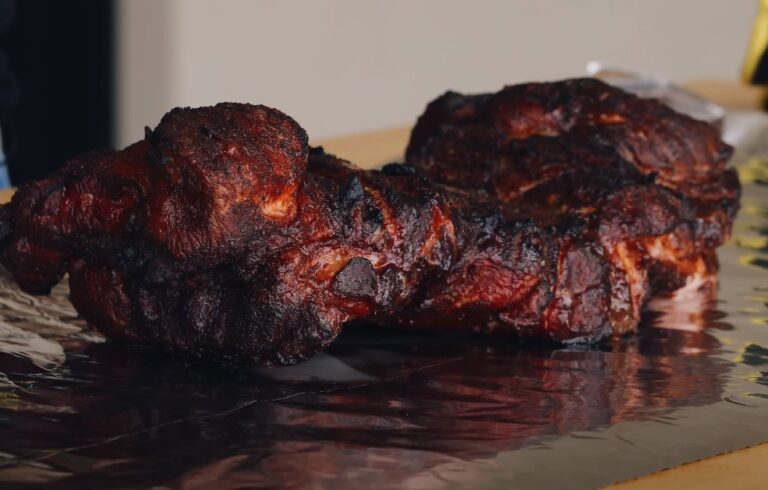So I’m out at a Brazilian steakhouse right, just minding my own business and checking out all the meat walking by. This one waiter wouldn’t leave me alone, though, going on and on about how I just had to try the picanha.
I’ll admit I was skeptical at first. But the guy was so passionate about it that I caved. And man, am I glad I did! Turns out this picanha was truly awesome. Super juicy and tender underneath that crispy, fatty layer – it completely blew my mind!
Ever since it’s been my mission to track down more of this stuff. I tried all the fancy butcher shops, and nothing compared. But then, one day, while wandering Costco, it hit me – they had this meat. And it wasn’t some puny piece either, these bad boys were huge.
So, if you’re looking for quality picanha without breaking the bank, forget all those other places. Costco is the real deal. Come with me, and I’ll tell you everything you need to know to find the best ones in their meat department.
Is Picanha From Costco Good Quality?
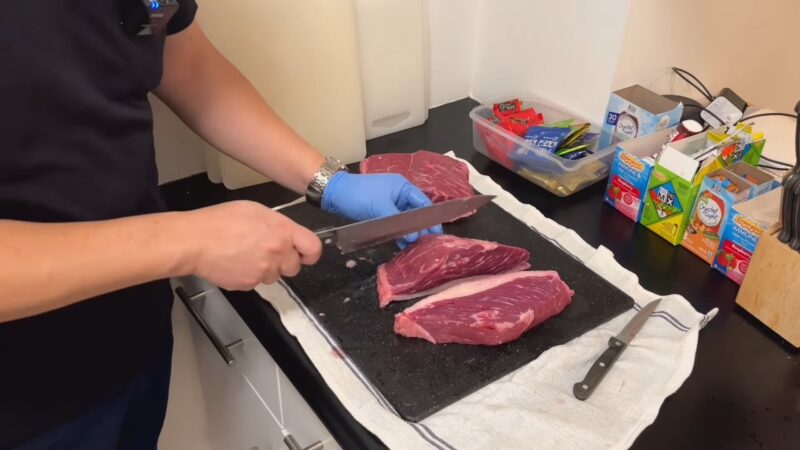
Picanha is real gourmet meat, so you gotta pay attention to what you’re buying. The quality makes a big difference in how good it tastes. Usually, what they got at Costco is really decent – I mean, it ain’t no filet mignon, but it’ll do the job.
When it comes to brisket, Costco can be hit or miss. Look for brisket with good marbling and a nice fat cap for the best results.
What you want is meat with a lot of marbling, which are those white flecks of fat in the meat. And make sure it still has that thick layer of fat on top cause that’s what gives it tons of flavor when you cook it. Even if it’s a lower grade, like “choice,” it’s still a pretty good deal for the money.
Sometimes, Costco will have it wrapped up all air-tight without that fat cap. If that’s all they got, it’ll work for soups or stir-fries but not for grilling or smoking. You need that fat cap on there! Don’t be afraid to ask one of the meat guys if they have any with it still on. They’ll hook you up!
How Much Does It Cost?
Last I checked, they were selling it for between $6.99 to $8.49 per pound – and that’s with the fatty cap still on.
Now, that’s what I call a bargain basement price. Cause everywhere else, it seems way more expensive. Meat N’ Bone wants like $15.33 bucks minimum. And the local butchers around here usually charge $16 to $20 per pound.
So it’s crystal clear – Costco’s where you wanna shop if you want amazing meat without breaking the bank.
Now, prices may change depending on where you live, the time of year, and supply issues. But as far as I’m concerned, Costco’s deal on picanha smokes the competition.
Plus, their corned beef prices are unbeatable, usually clocking in at just $4.79 per pound, which is a steal compared to what you’d find elsewhere.
How to Choose the Best Picanha?
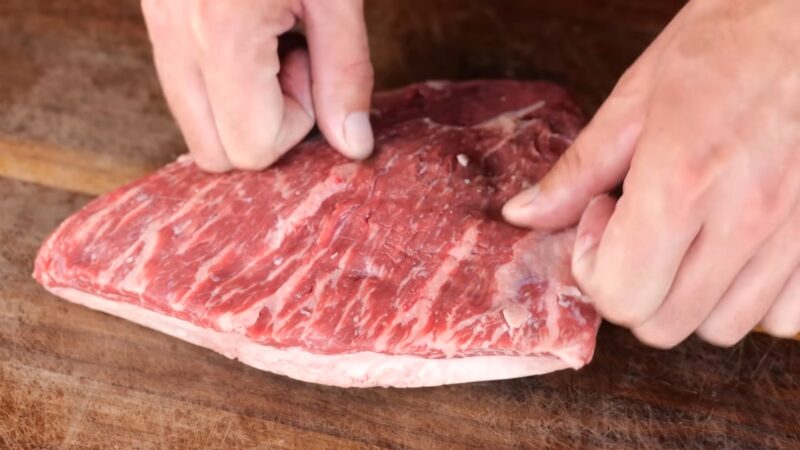
When shopping for Picanha, especially at a place as vast as Costco, it’s essential to know what to look for to ensure you’re getting the best cut. Here’s a guide to help you make the right choice.
Weight & Size
Even though a little piece of meat might feel dainty and cute, it can actually screw up your whole meal. The tiny ones tend to cook too fast and dry out. Then you’re left with some tough, chewy stuff that’ll break a tooth. No bueno!
You wanna look for a picanha that weighs three to four pounds. It should be nice and thick all the way through, too. That bigger cut will hold moisture better when it’s sizzling away on the grill.
Oh, and one more thing – make sure to buy extra. I know it seems like a lot at the store, but those suckers shrink about 10 to 20% after cooking. The last thing you want is for your guests to leave still feeling hungry. Get at least a half pound of raw meat per person if you’re feeding a crowd.
Grading
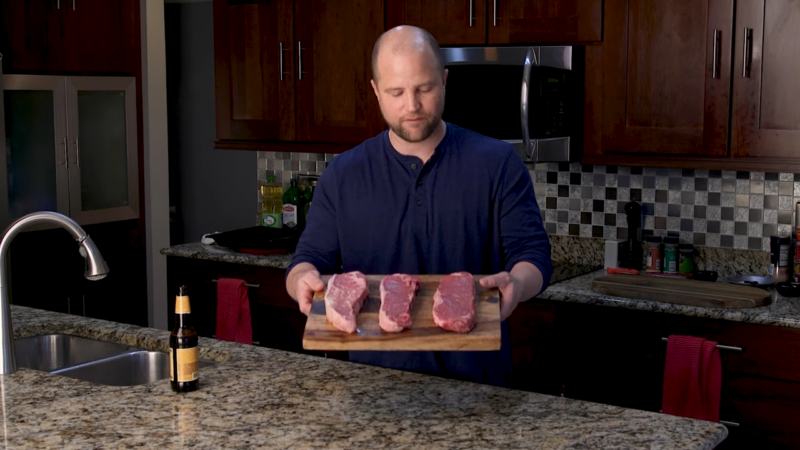
Costco’s picanha comes in three main USDA-certified grades, indicating the meat’s quality. These are:
- Select: The lowest grade.
- Choice: The standard grade.
- Prime: The highest quality.
While there are grades lower than Select, they’re typically used in ground beef. The grade directly correlates with the beef’s marbling, quality, and overall condition.
Freshness
If the meat ain’t fresh, then your dish gonna be nasty. It’s that simple.
Now I know what you think – “the later the expiration date, the better!”. But that is not completely true. Later dates just mean the meat will last longer before it goes bad. What you really want is meat that’s fresh fresh – like it just came from the cow.
That fresh stuff is way firmer and a nice dark red color. The fresher cut is gonna have way more flavor, too.
Why Fat Cap Matters?
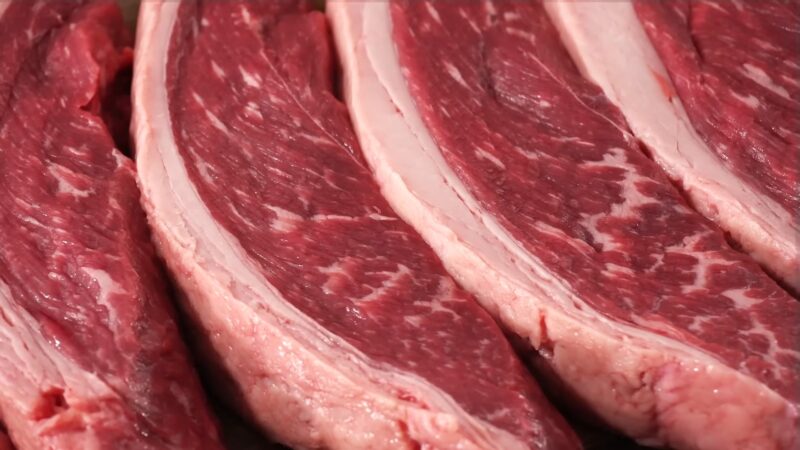
Without the proper fat cap, this cut of meat would be dry as sand when you take a bite. The fat keeps everything nice and juicy, so it doesn’t taste like you’re chewing an old shoe when you eat it.
Plus, all that fat just melts into the meat during cooking. It gives it a flavor you just can’t beat. Take the fat cap away and it’s nothing special, just a plain old top sirloin steak.
Summary
After all this talk about Picanha, I’m reminded of a recent barbecue I hosted. As I proudly served my smoked meat, a friend, unfamiliar with this cut, asked, “Why Picanha? Why not the usual steaks?” I simply smiled and said, “Taste it, and you’ll know.”
Moments later, his nod of approval said it all. If you haven’t tried this meat from Costco yet, I highly recommend giving it a shot. Also, their beef ribs are another excellent choice for a barbecue, worth exploring for a flavorful experience.
Hi, I’m George Stewart. I’m 47 years old and a father of two who loves BBQ and French cuisine. On this blog, I share my cooking experiences and favorite recipes. Whether you’re into grilling or gourmet dining, I hope you find something here that inspires your next meal. Welcome and enjoy!


